Thursday, October 31 2019
This blog is about an arcane piece of hardware: the Jaz drive. The key questions that need answering are what on earth is it, what does it do, and most importantly, how jazzy is it? In response, this blog shall be broken into two stages. The first stage gives an answer to the first two questions. It details how the inherent flaws of the device contributed to its obsolescence. The second stage details why despite its flaws it would be wrong to overlook it. For entombed within these dusty devices can be a wealth of valuable data. This is exactly what I discovered when I was tasked to go through LR’s disks. Indeed, my experiences encapsulate the broader point that preserving born-digital resources, as well as its analogue counterparts, should rightly be a central tenet of the archival profession.
It is unlikely that you owned a Jaz drive during its production between 1995 and 2002. It is more probable that you have not heard of the device at all. Though it is hard to envisage now, the Jaz drive was marketed as an invaluable must-own product for computer enthusiasts. Manufactured by Iomega, the Jaz was the high-end, high-storage counterpart to the company’s Zip drive. For instance, the storage of the Zip began at 100MB, the Jaz started at 1GB. In a contemporaneous Guardian article, the Jaz drive was bracketed as a ‘superdisk’ worthwhile of your data backups. However, the laughable truth is that the Jaz drive’s impact on the computing world was negligible. Below is a Google Ngram graph that illustrates the mention of storage systems in every text digitised by Google Books. While the popularity of the USB surges, the Jaz drive stays so consistently unmentioned that it is essentially a duplicate of the x-axis.
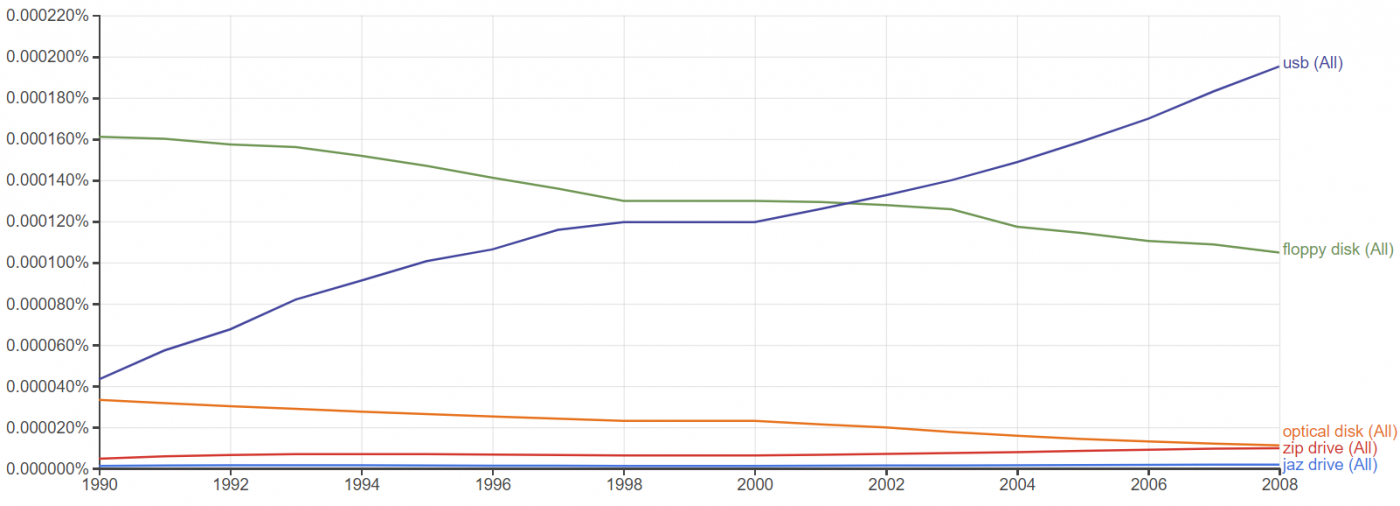
So what went wrong? Well, though it had certain high-end features in some respects it was a rather rudimentary gadget. For instance, just listen to the device as it wheezes and whistles to life.
The corollary of this inefficient expenditure of energy is that it was also prone to overheating. There is no use having a healthy transfer rate of 5.5 megabytes per second when the device can crash at any moment. Another issue that bedevils the Jaz is its propensity to get clogged with dirt. The Jaz works by rotating magnetic heads at 5,400 rotations per minute. As one can imagine, any dust or dirt brought in by the disk will have a deleterious effect on performance. The most fatal consequence is the Click of Death. This is the audible failure of the magnetic heads. Thankfully, I have not come across this issue myself. However, all these inherent risks are anathema to an archivist. They underscore the need to transfer the data to a more reliable storage system.
In the context of LR’s archives this urgency is magnified. We have approximately 80 gigabytes worth of data stored on our Jaz drives. If the average JPEG equates to 25 megabytes, this equates to approximately 4000 images. Moreover, most of the files are stored in the higher resolution TIFF format. Of course, an important aspect of a resource’s worth is not the quality or quantity but the actual content. LR’s Jaz drives compose mainly of data obtained for our internal publications. Therefore, they form a rich documentary history of various narratives. These Jaz drives weave ancestral, global and institutional histories. To disregard these stories because of their cumbersome storage methods is a disservice to the archival profession. In the following paragraphs, I shall explore some of these historical threads.
The following images are from just one publication, LR News International, and from a narrow time period spanning the years 1997 through to 1999. The purpose of this is to underscore just how much exciting work LR is doing at any one time.
LR and the Russian Arctic
Until the 1990s much of the oil reserves in the Barents Sea and the Kara Sea were closed from the international maritime community. As a result, even though the presence of oil was known there was little idea about how to access and export these resources. This all changed when Russia permitted an EU-funded project know as ARCDEV to explore the feasibility of marine transportation. A representative from LR was the only classification society representative available on that project. The surveyor, Lefteris Karaminas, had the responsibility of gauging what ice-class was appropriate for such a harsh environment.
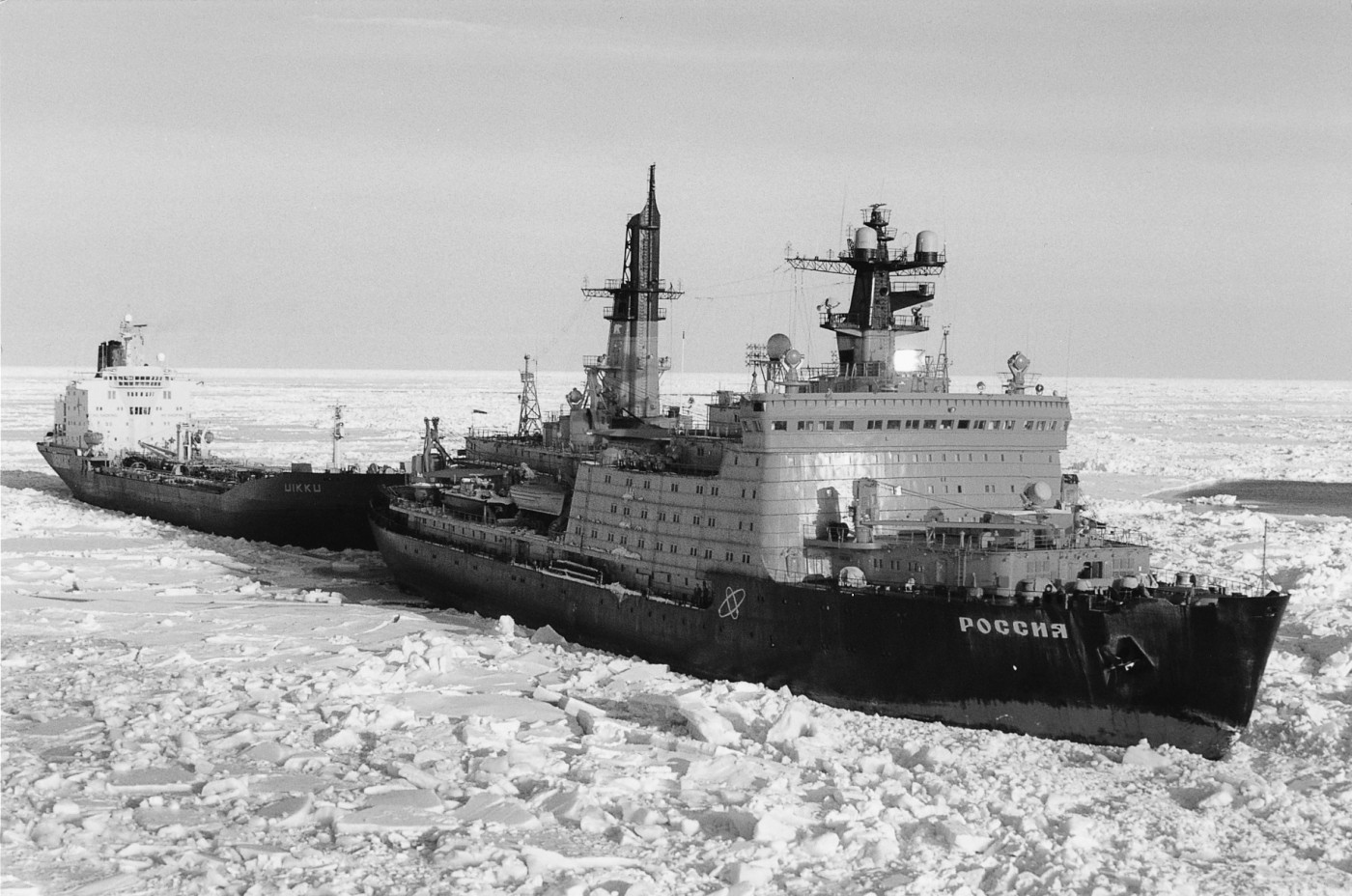
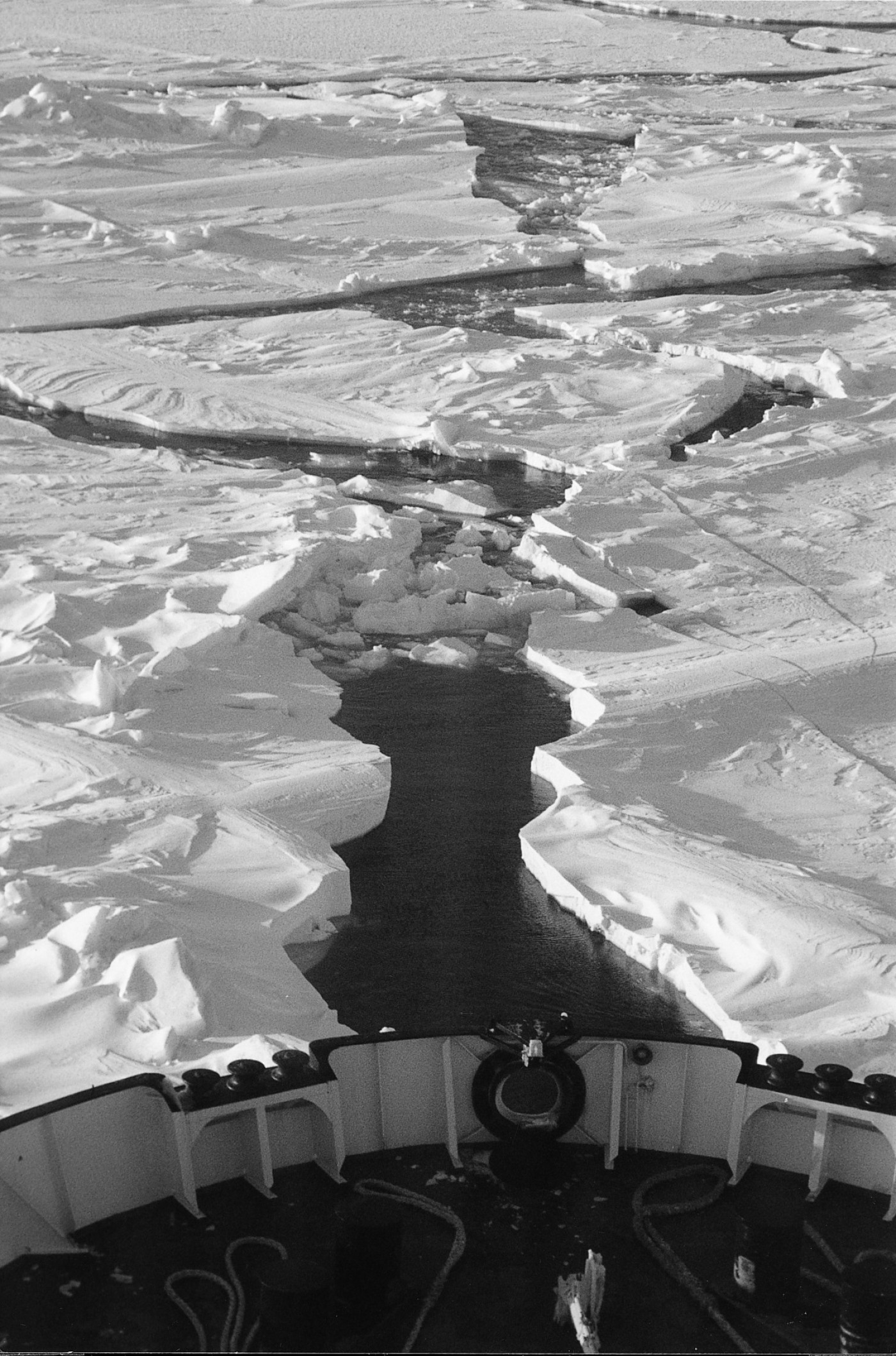
The Russian nuclear ice breaker Rossiya is pictured on the right of the first picture. It has a displacement of 23,000 tons and has two 171 MW nuclear reactors. Karaminas opined that it vibrated so violently when breaking the ice that it ‘threatened to loosen the fillings in your teeth.’ The picture below is the ice being split apart by the vessel.
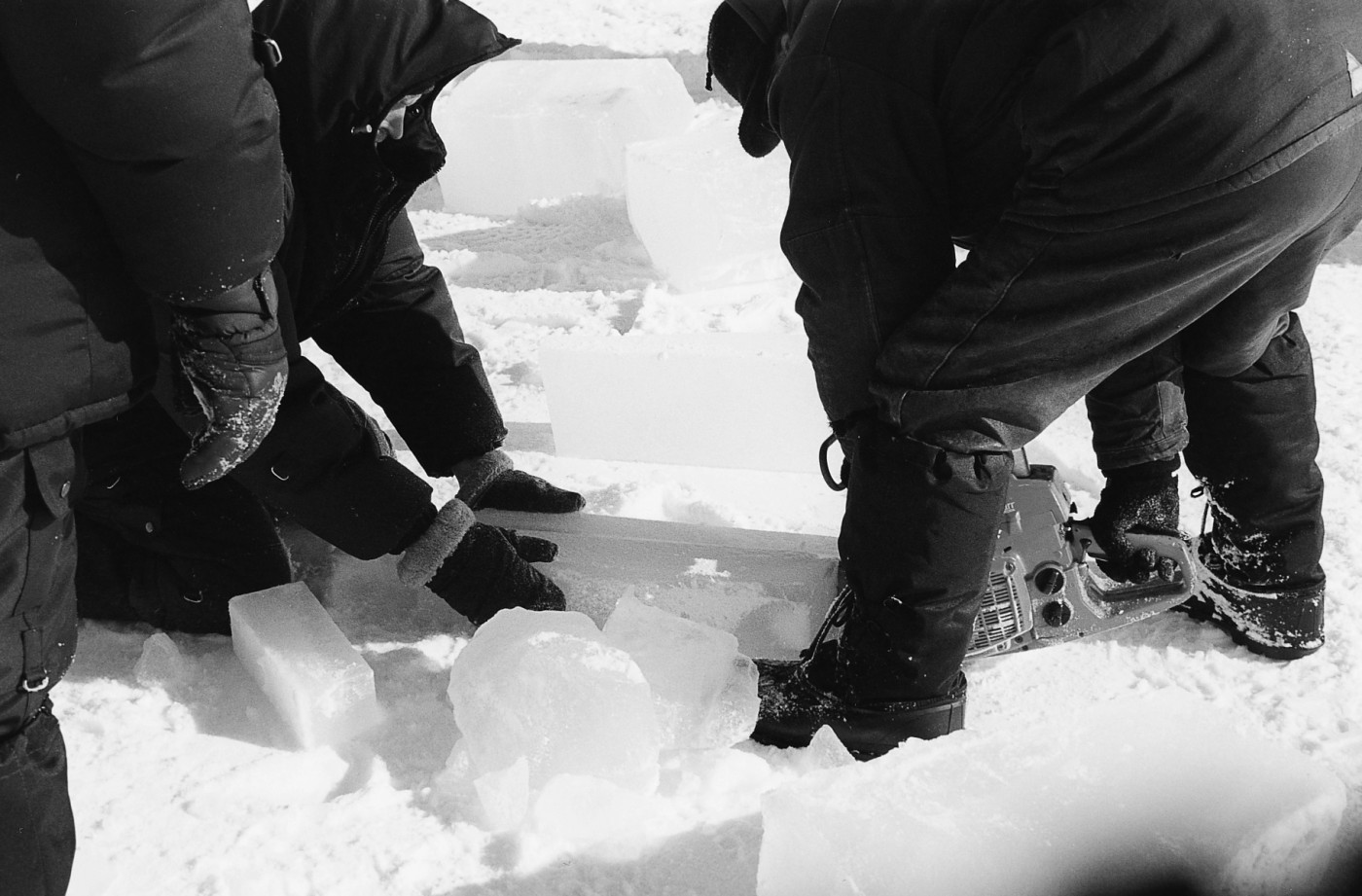
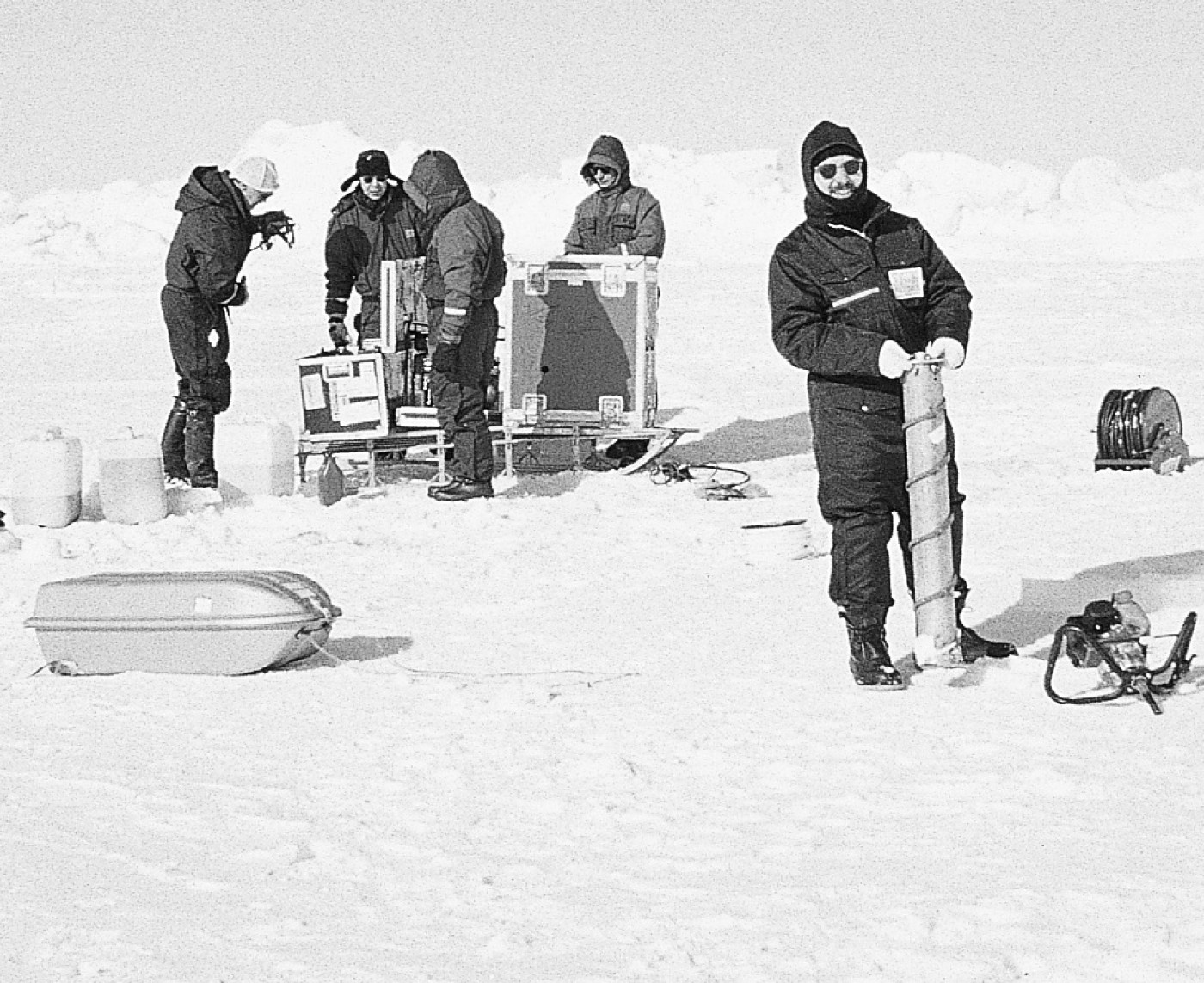
Of course, if the noise got too much there was respite in the form of scientific ice analysis. However, the downside was that the area was rife with polar bears. Also, from May the sun never sets below 77° north, so it was bright 24 hours a day.
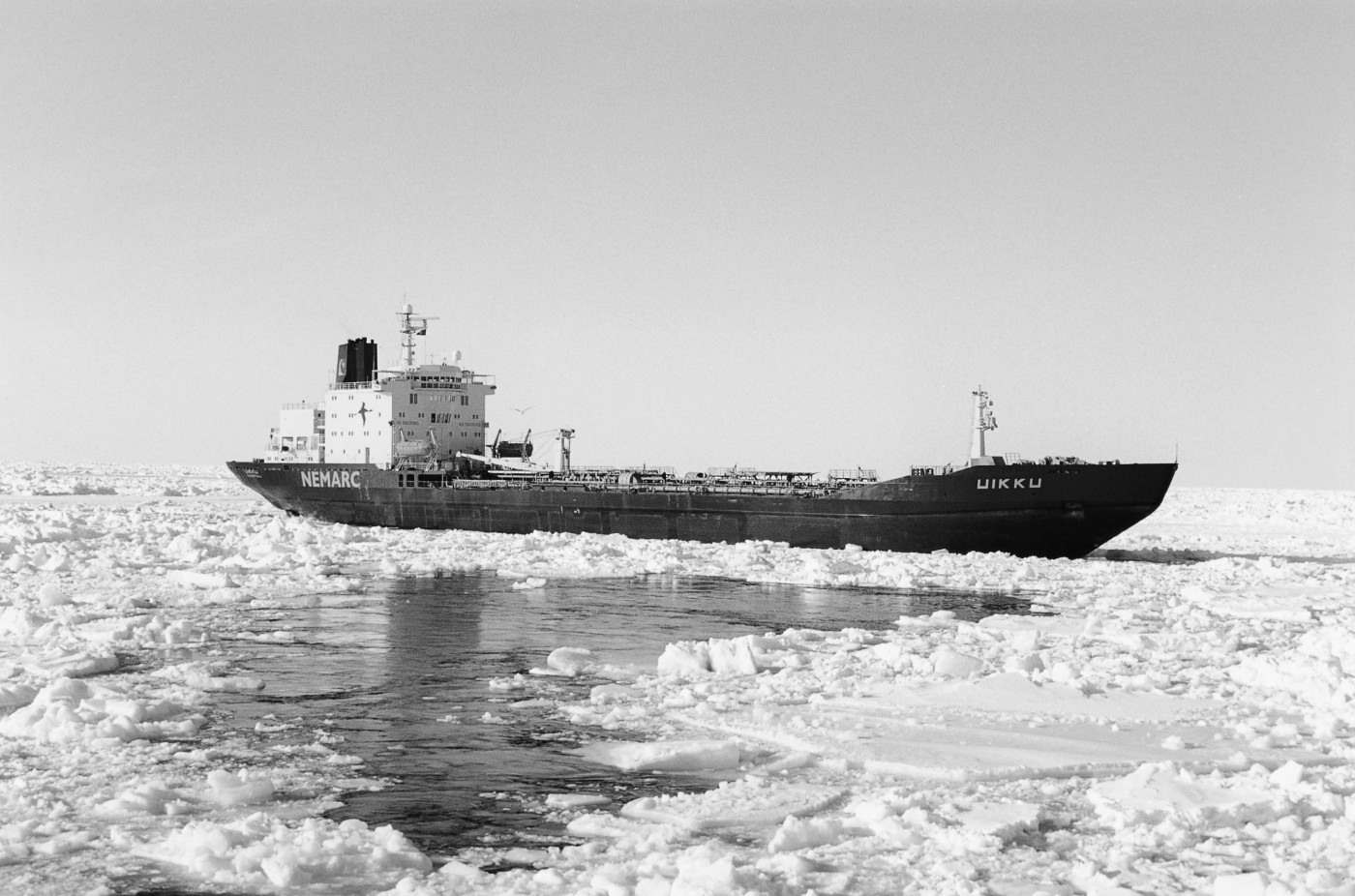
Being guided by the ice breaker was the oil tanker Uikku. She managed to transport her cargo successfully to Murmansk. By doing so, the consortium proved the feasibility of oil exploration in the Arctic.
LR and the largest wooden tall ship.
The grand, globally orientated projects such as Karaminas’ are counterbalanced by the work we do with small charities. For example, LR was one of the first major donors to a shipbuilding project undertaken by the Jubilee Sailing Trust. Their mission is to bring able-bodied people and individuals with disabilities together through tall-ship sailing and building. LR donated both finance and expertise, which resulted in the ship being classed 100A1. And as it so happens, it is the largest wooden tall-ship in the world!
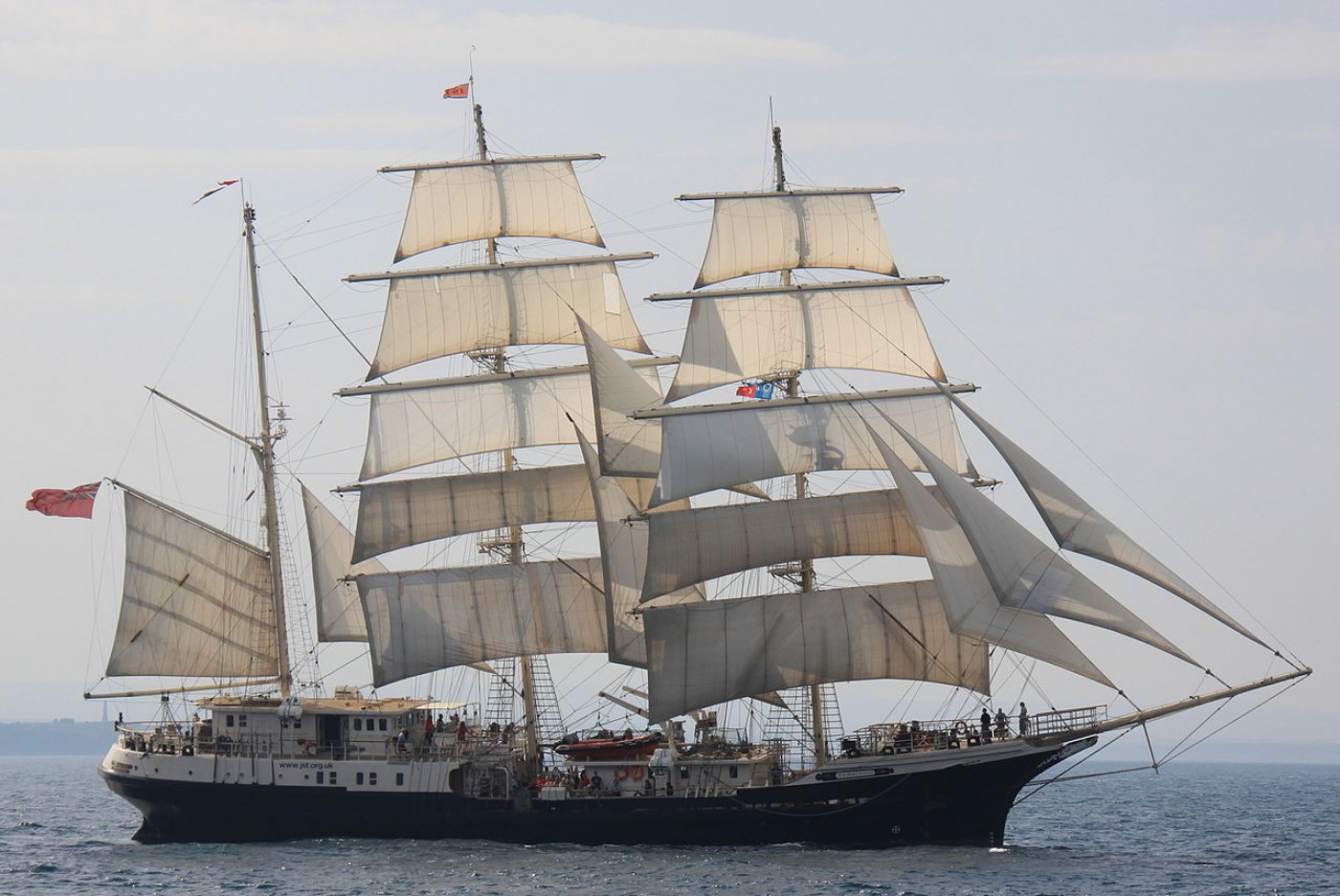

Here is the ship during construction. The 200 tonnes hull is supported by steel rings which slowly rotate by 180 degrees. John Rugg, then manager of Marine Quality Services, beamed that it was a privilege ‘to be involved with such a worthwhile and prestigious project.’
LR and Education
LR has always supported charities and much of the focus is on educating children. One example is LR’s long-lasting connection with Brookfield Primary School in North London. The school specialised in children with special educational needs and on more than one occasion we raised funds to purchase specialist equipment. Two employees even ran the London Marathon and in 1998 they visited the school to see the computers they purchased.

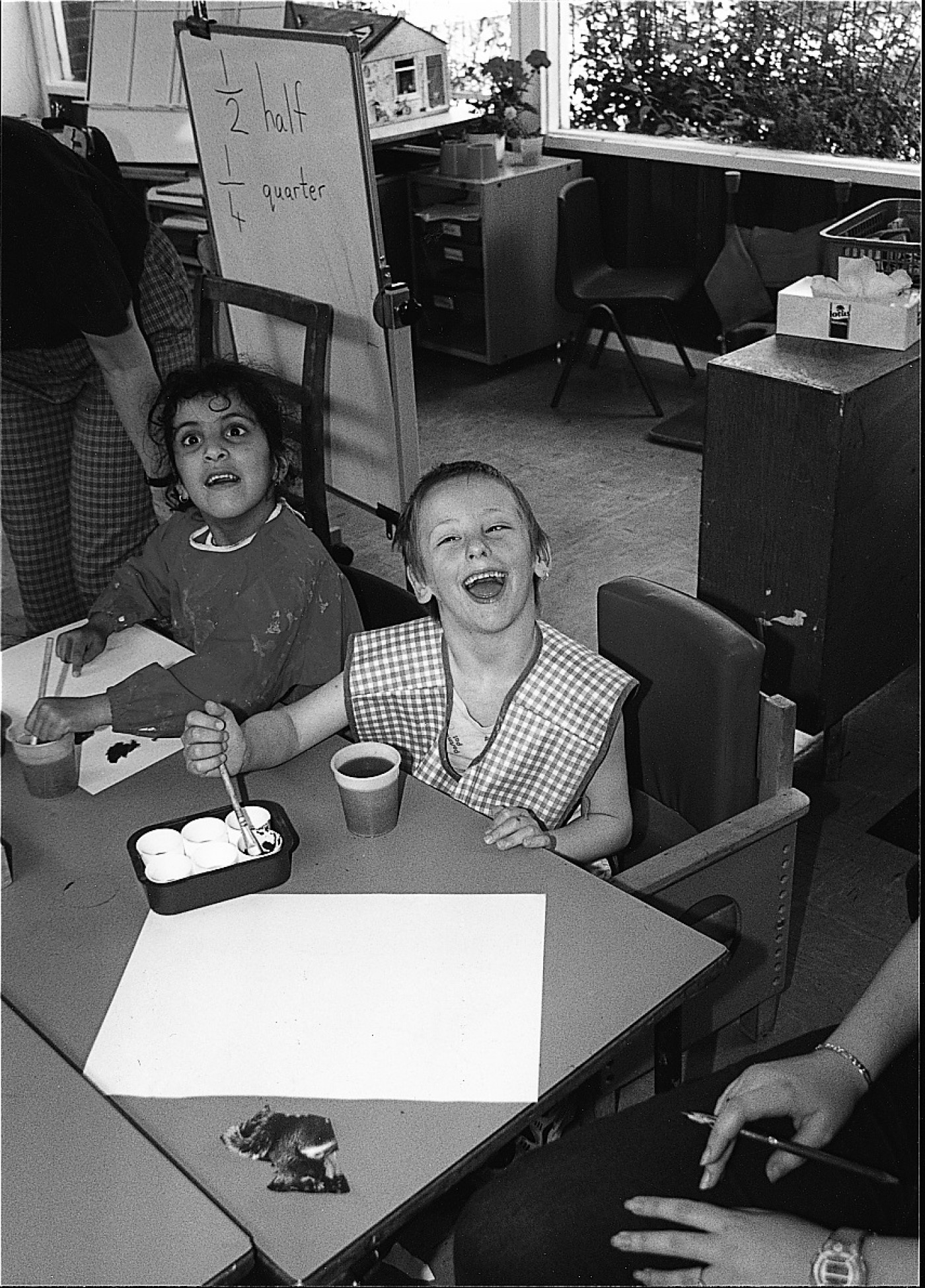
Another example of our charity work is the LR-sponsored Young Engineers Club of the Year Scheme. Having won a national competition for anyone under nineteen, 4 talented engineers were whisked away for a three-day trip to Helsinki. Once they arrived they met with LR Finland’s country manager Sven Söderland. The picture below depicts three winners receiving their awards from LR Chairman Patrick O’Ferral.
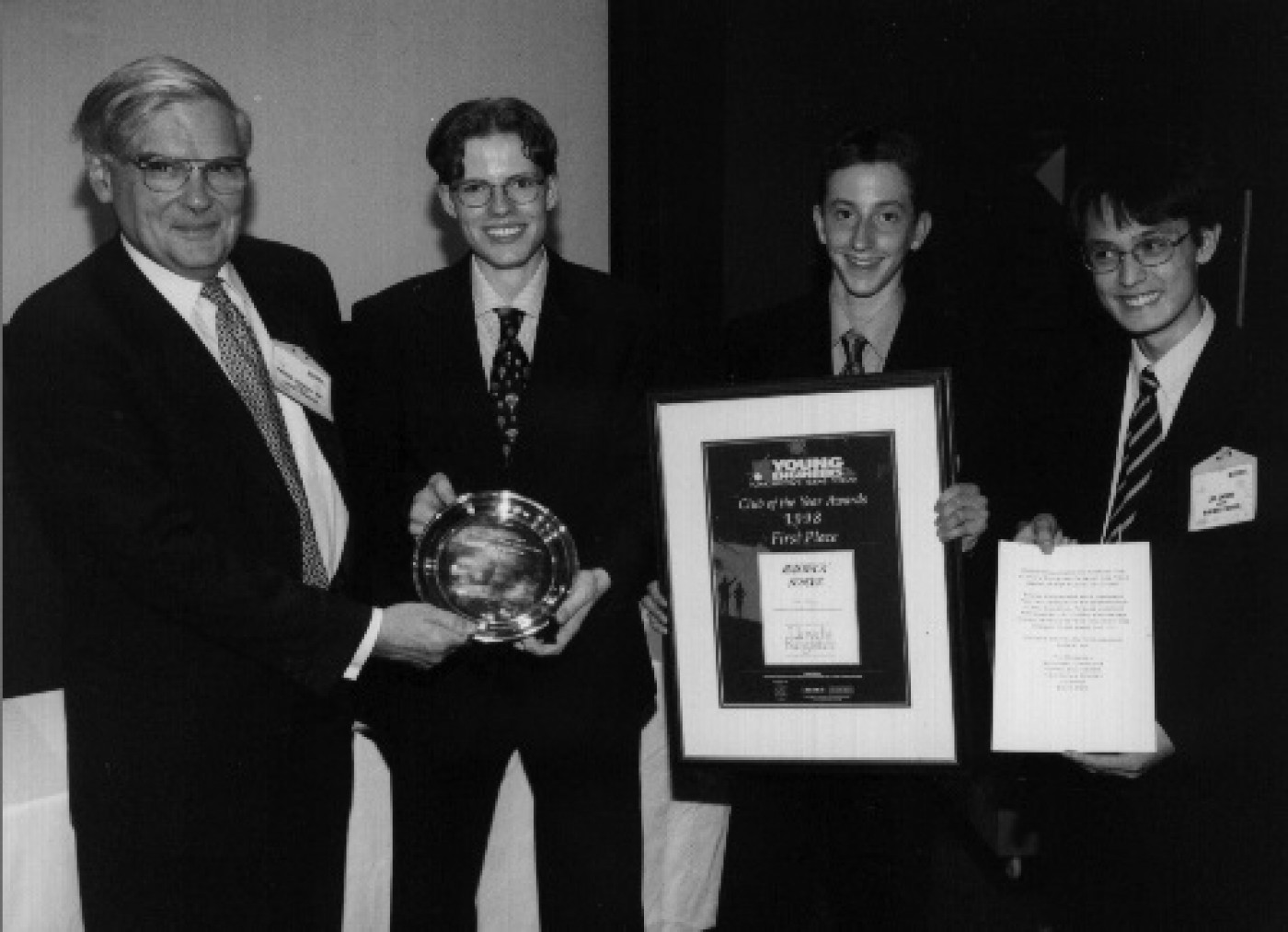
The group were provided with an in-depth tour of the Silja Symphony: an LR-classed cruise ferry with a gross tonnage of almost 60,000. They were shown the control room and had the privilege (or possibly the misfortune) to experience the heat and noise of the engine room with one engine running.
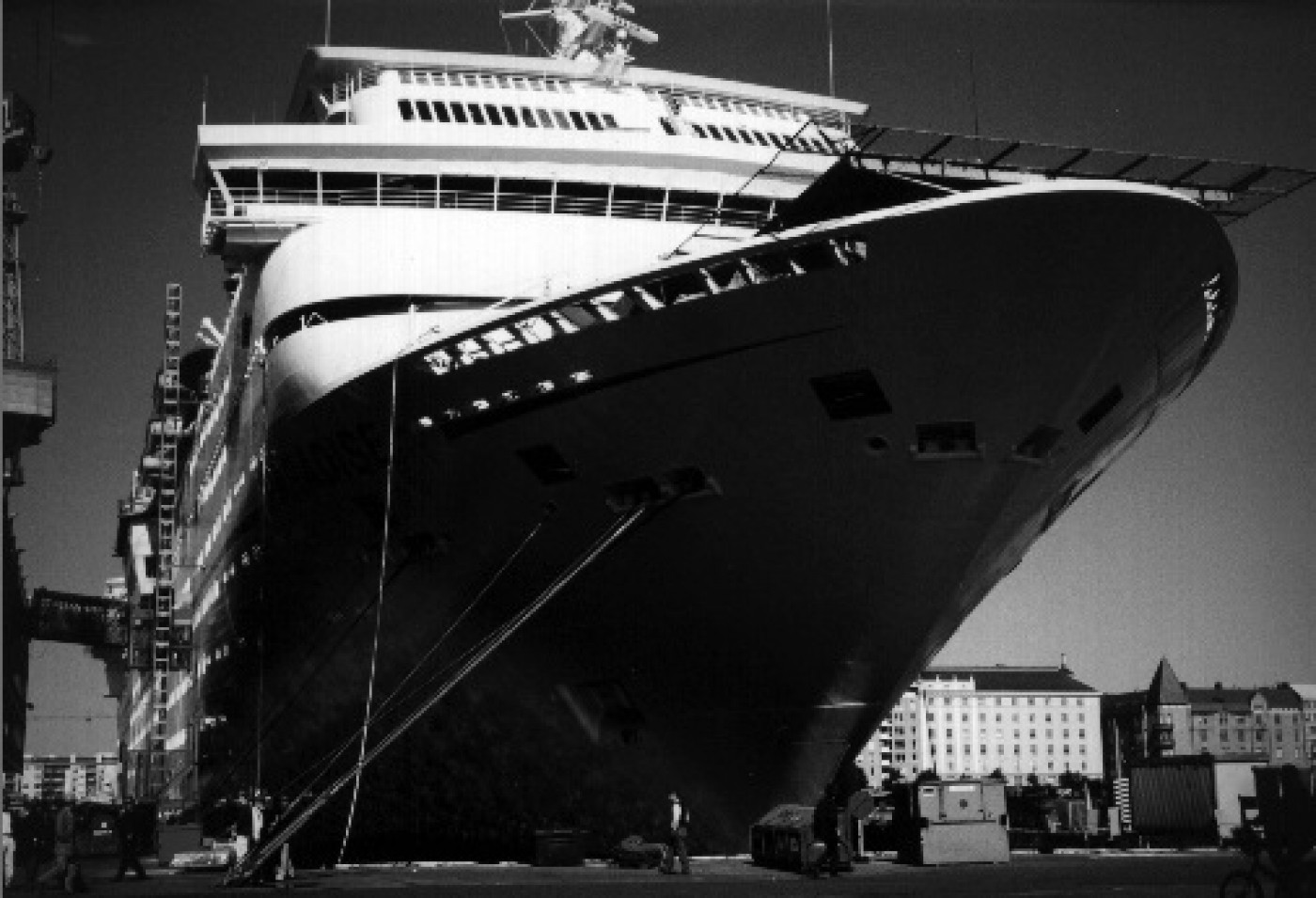
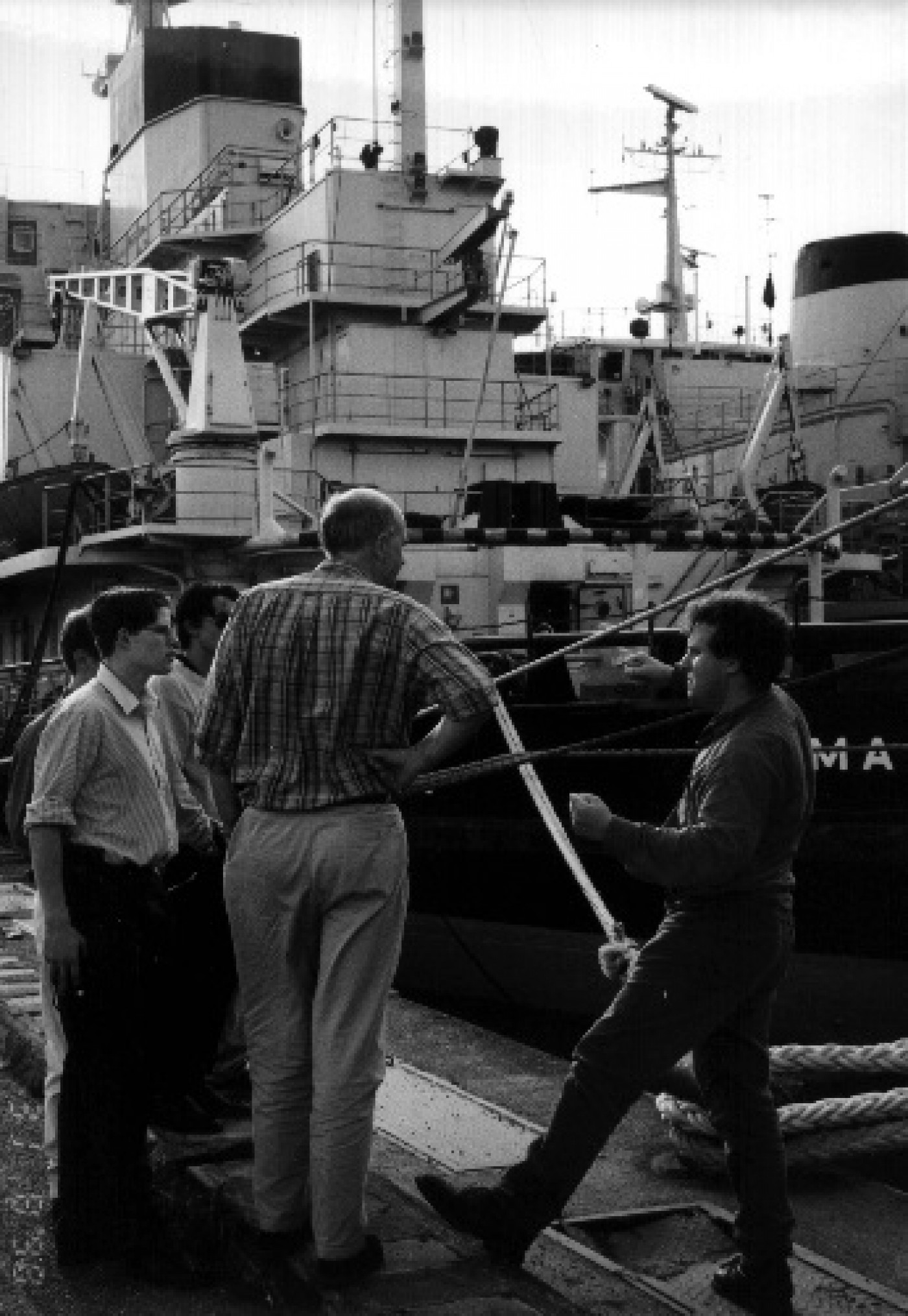
LR and its People
Photos of LR employees are an obvious justification for data preservation. Indeed, if you know of a relative who worked with us it is quite probable that an image of them would pop up amongst our vast photographic collection. Our staff take part in a diverse range of activities but my personal favourite is the LR pensioners’ reunion. If it is not the most well attended event it certainly seems to be the event most well stocked with alcohol.
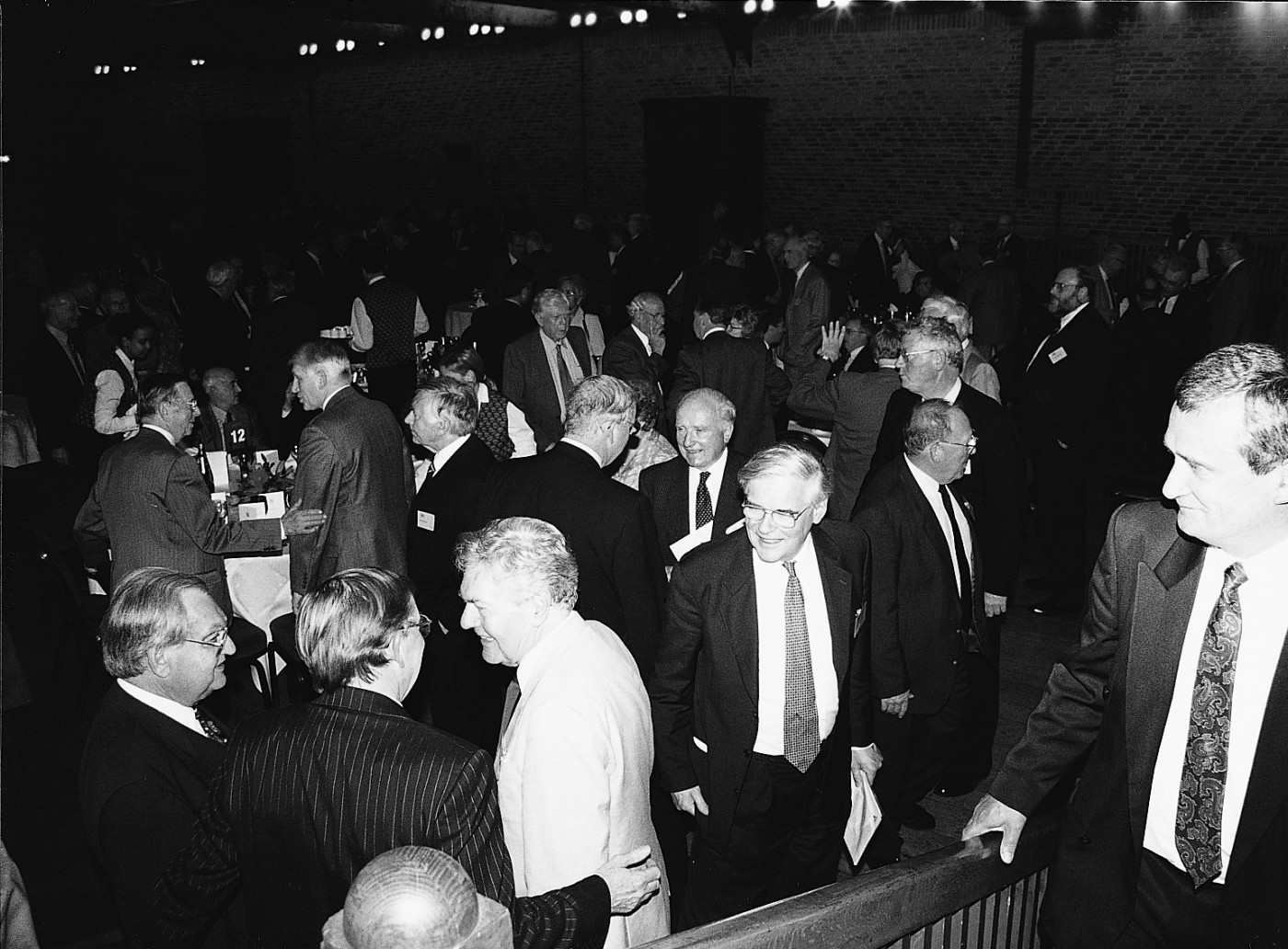
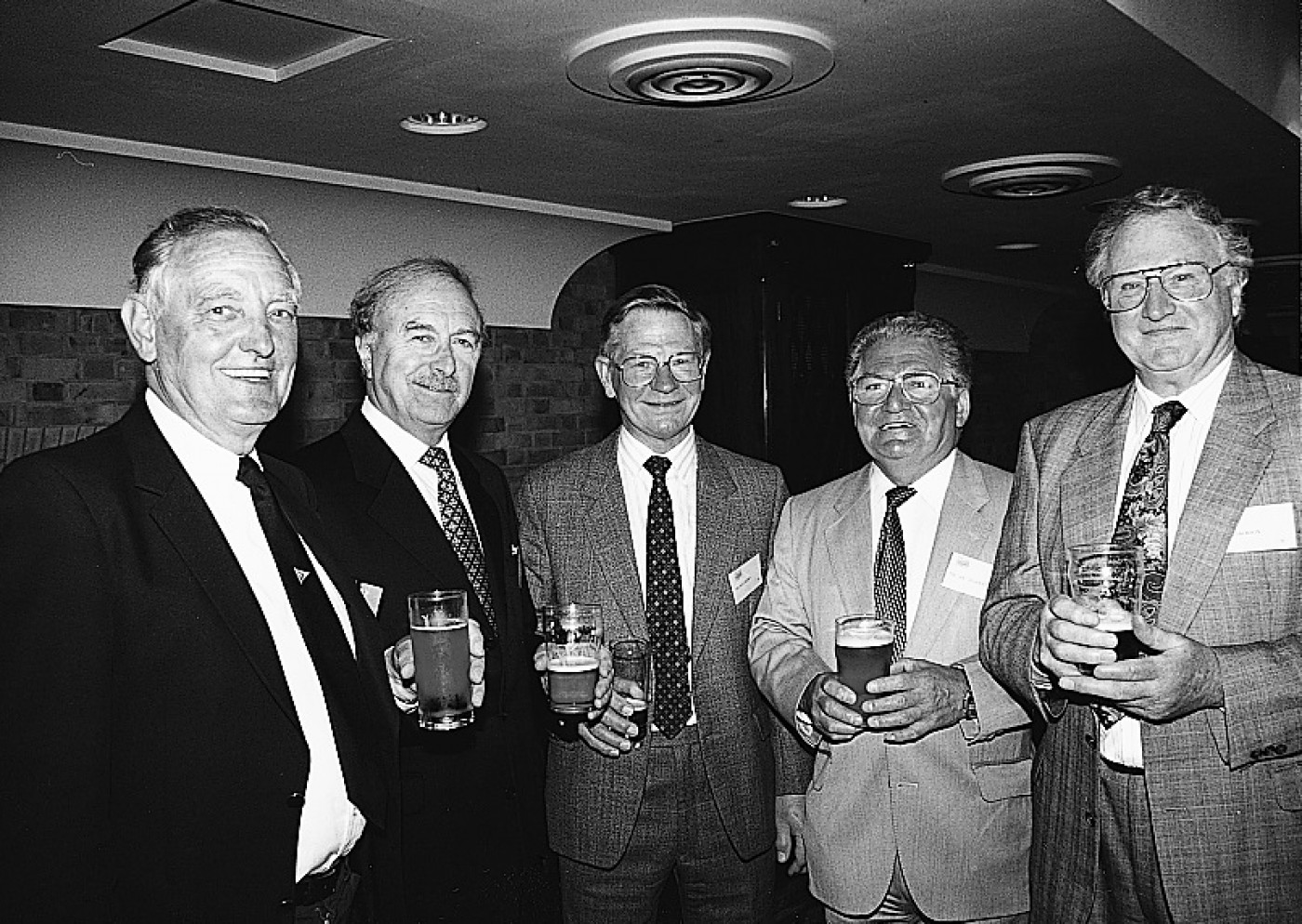
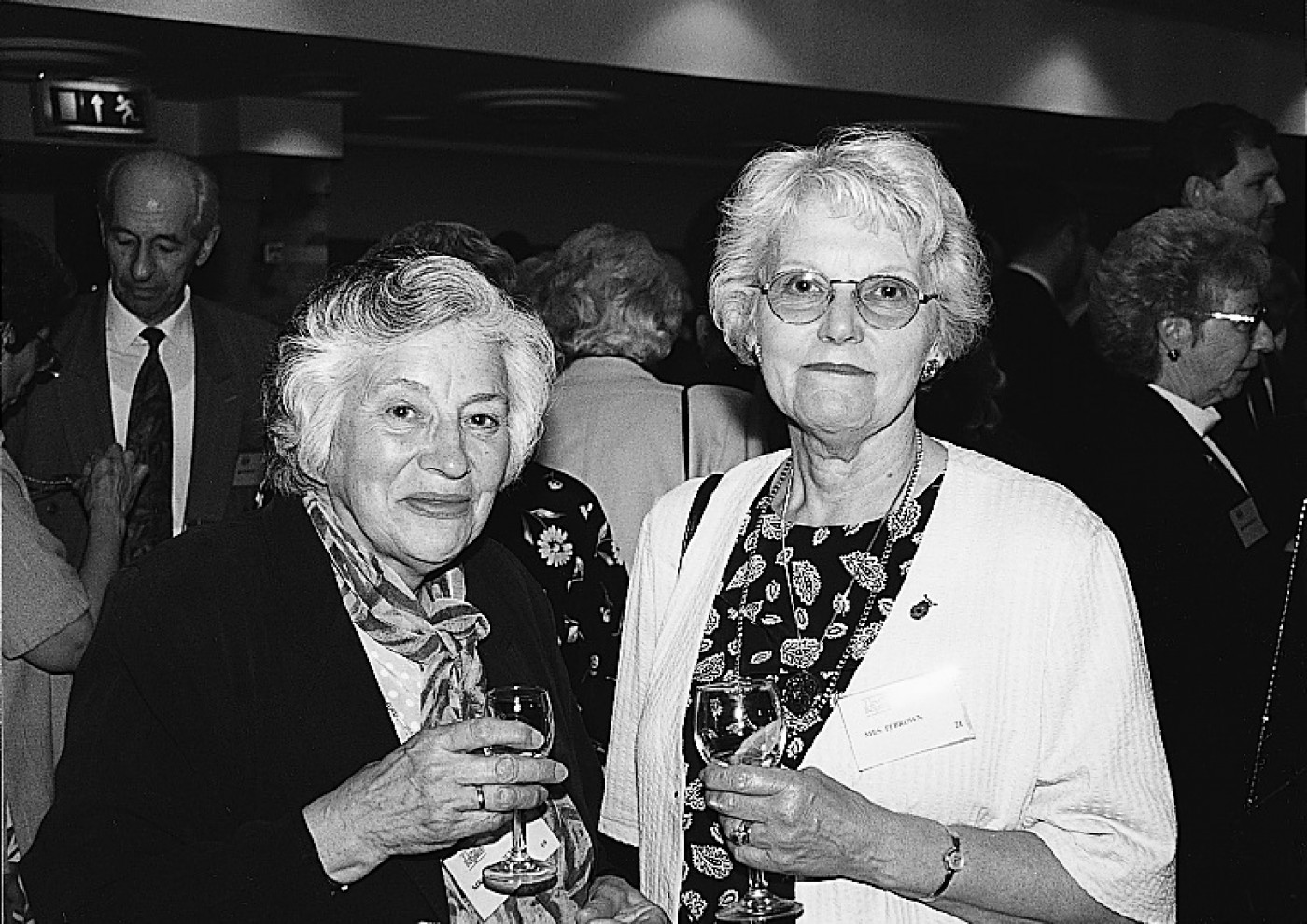
In conclusion, lets return the question posed at the beginning: how jazzy is a Jaz drive? At first it would be easy to dismiss the device. It can be a clunky, cumbersome piece of hardware. The fact that there was so much competition, including the USB stick and Iomega’s own Zip drive, accentuated the Jaz’s innate failings. However, as we have seen, the contents divulge the most fascinating stories. From large-scale projects such as the exploration of Russia’s Arctic to the heart-warming fundraisers for children, the narratives within are worth preserving. Indeed, the retrieval of these stories turn the pain of using a Jaz drive into a pleasure. A pleasure for myself and for posterity, and one that should inspire everyone within the archival profession.

